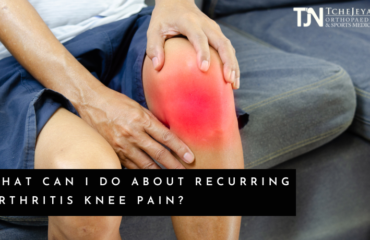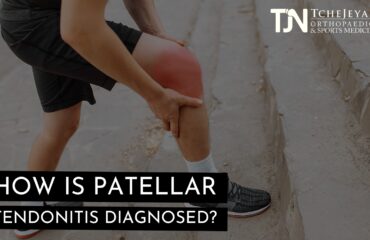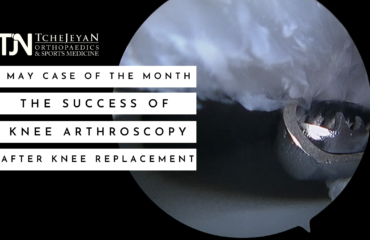Using arthroscopy is quite common for many types of knee surgery. Arthroscopy is a minimally invasive surgical technique that enables a surgeon to repair damage to the knee without fully opening it up. Instead, the surgeon makes two or three small incisions in specific parts of the knee and uses a camera and special surgical probes to perform the surgery. Because it does not require fully opening up the knee, which would mean moving the muscles and other tissue to reach the site where the repair is needed, arthroscopy is less susceptible to infection risk. Recovery time is significantly less than invasive surgeries. In addition, arthroscopic surgery can typically be performed as an outpatient procedure.
However, despite these clear advantages, you will still need to be cautious following surgery. While arthroscopy will spare you from some of the trauma of traditional invasive surgery, your knee still needs time to heal. Consequently, your surgeon will likely want you to use crutches following your surgery. Giving the knee a little time to heal is essential, and that means not letting your knees bear any weight. How long you need to use the crutches depends on the condition the surgery was addressing; in some cases, you may only need them for a few days.
The following are some knee procedures typically performed using arthroscopic surgery and what you can expect your orthopedic surgeon to recommend regarding the length of time you may need to use crutches.
ACL Reconstruction
ACL reconstruction requires a significant recovery time even when completed in a minimally invasive manner. The typical patient will need six to eight weeks to recover from the surgery and a total of six to nine months for the joint to recover from the injury entirely. In addition, your doctor will have you follow a rehabilitation routine to rebuild strength in your knee and prevent you from reinjuring the joint during the healing process.
Most patients will be instructed to use crutches until they can walk without limping, usually around two weeks after surgery. You will be on crutches for longer if you also had a torn meniscus repaired during the procedure.
Articular Cartilage Repair
Articular cartilage is the cartilage that covers the ends of the bones. When articular cartilage is damaged, it usually means that pieces of that cartilage have flaked or broken off. These loose pieces can be removed arthroscopically. During the process, the surgeon makes tiny holes in the bone marrow to stimulate the growth of new cartilage. To ensure the joint is protected as the cartilage heals, your doctor will want you to avoid putting weight on the joint for several weeks following treatment. Using crutches will prevent you from stressing the joint before you are fully healed.
Patellar Tendon Tears
Although some patellar tendon tears can heal organically with extended rest and care, severe damage will often require surgery to fully restore knee joint mobility. The recovery period for patellar tendon repairs can last anywhere from six months to a year.
The leg will need to be immobilized for the first two to four weeks after surgery, and you will need to use crutches. Once you have graduated from crutches, you will need to wear a brace for approximately 12 weeks following your surgery.
Meniscectomy
Patients receiving a meniscectomy, or meniscus repair, are usually mobile immediately following surgery, although they may experience pain and stiffness in the joint. Crutches are advised for two to seven days after surgery, depending on the extent of your injury and discomfort level.
If the meniscus is severely torn and the repair is complex, your doctor may instruct you to keep your leg immobilized for two weeks following surgery. Following a complicated repair, you will probably need to use crutches for four to six weeks after the surgery.
While using crutches can be inconvenient, the long-term benefits of arthroscopic surgery for various knee injuries are hard to overstate. Moreover, with arthroscopy, a patient will likely need crutches for only a short while compared to traditional surgical methods. If you have knee pain, contact Tchejeyan Orthopaedics and Sports Medicine to find out what is causing your pain and learn if minimally invasive surgery could work for you.




